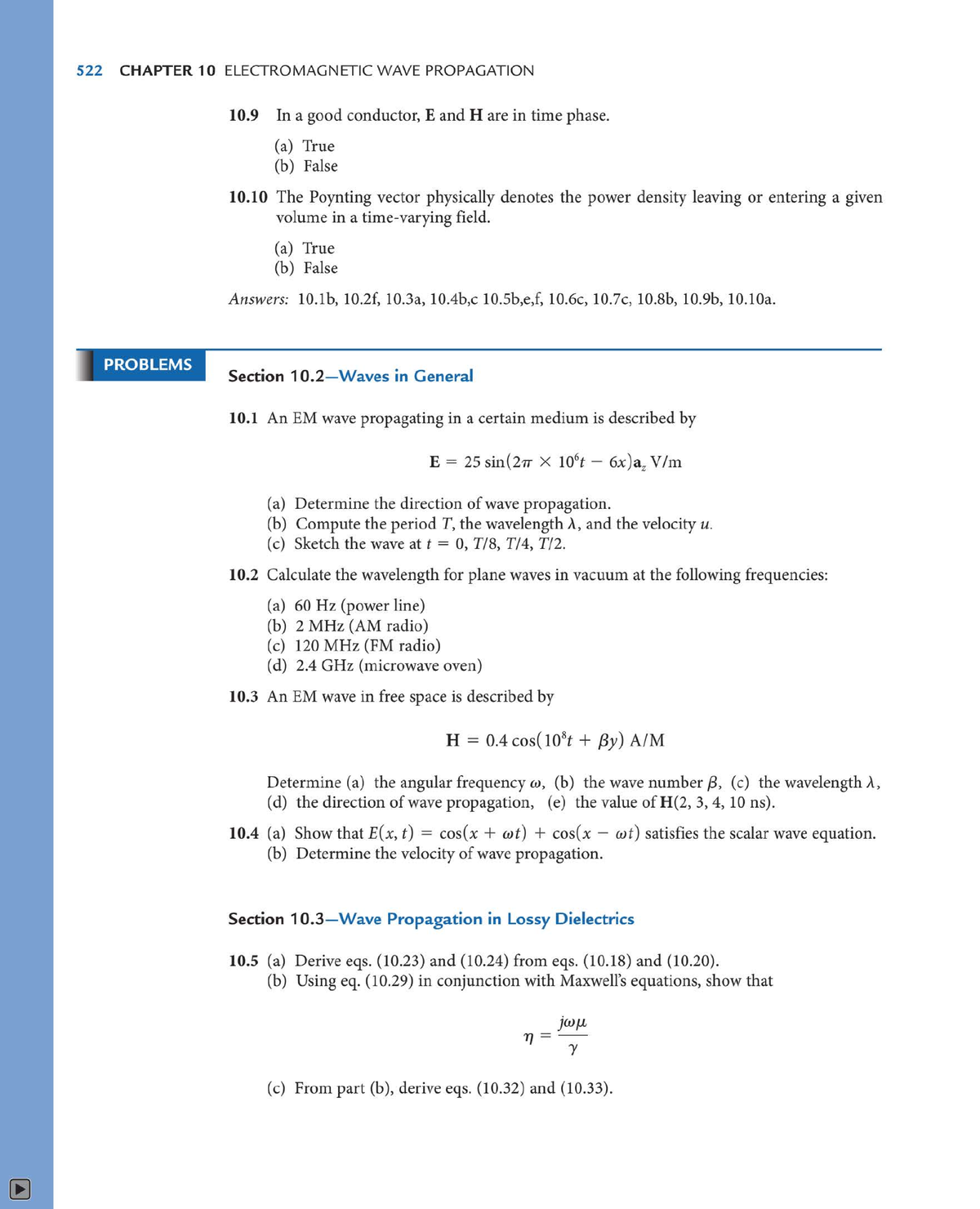
As shown by the equation, knowing the length, cross-sectional area and the material that a wire is made of (and thus, its resistivity) allows one to determine the resistance of the wire.A wide range of electronic and optoelectronic devices require transparent conductors (TCs) to function. Consistent with the discussion above, this equation shows that the resistance of a wire is directly proportional to the length of the wire and inversely proportional to the cross-sectional area of the wire. Where L represents the length of the wire (in meters), A represents the cross-sectional area of the wire (in meters 2), and represents the resistivity of the material (in ohm The equation representing the dependency of the resistance ( R) of a cylindrically shaped conductor (e.g., a wire) upon the variables that affect it is An electrical device having a resistance of 5 ohms would be represented as R = 5. The standard metric unit for resistance is the ohm, represented by the Greek letter omega. Resistance is a numerical quantity that can be measured and expressed mathematically. Type the name of the material and click the Submit button to find its resistivity. Use the Resistivity of a Material widget to look up the resistivity of a given material. The materials shown in the last four rows of the above table have such high resistivity that they would not even be considered to be conductors. Those materials with lower resistivities offer less resistance to the flow of charge they are better conductors. The table below lists resistivity values for various materials at temperatures of 20 degrees Celsius.Īs seen in the table, there is a broad range of resistivity values for various materials. For most (but not all) materials, resistivity increases with increasing temperature. The resistivity of a material is dependent upon the material's electronic structure and its temperature. The conducting ability of a material is often indicated by its resistivity. Copper and aluminum are among the least expensive materials with suitable conducting ability to permit their use in wires of household circuits. Silver is one of the best conductors but is never used in wires of household circuits due to its cost. Some materials are better conductors than others and offer less resistance to the flow of charge. Not all materials are created equal in terms of their conductive ability.

When all other variables are the same, charge will flow at higher rates through wider wires with greater cross-sectional areas than through thinner wires.Ī third variable that is known to affect the resistance to charge flow is the material that a wire is made of.

In the same manner, the wider the wire, the less resistance that there will be to the flow of electric charge. This can be attributed to the lower amount of resistance that is present in the wider pipe. Water will flow through a wider pipe at a higher rate than it will flow through a narrow pipe. Wider wires have a greater cross-sectional area. Second, the cross-sectional area of the wires will affect the amount of resistance. After all, if resistance occurs as the result of collisions between charge carriers and the atoms of the wire, then there is likely to be more collisions in a longer wire. There is a direct relationship between the amount of resistance encountered by charge and the length of wire it must traverse. The longer the wire, the more resistance that there will be.

Like the resistance to water flow, the total amount of resistance to charge flow within a wire of an electric circuit is affected by some clearly identifiable variables.įirst, the total length of the wires will affect the amount of resistance. It is this resistance that hinders the water flow and reduces both its flow rate and its drift speed. The resistance to the flow of charge in an electric circuit is analogous to the frictional effects between water and the pipe surfaces as well as the resistance offered by obstacles that are present in its path. The flow of charge through wires is often compared to the flow of water through pipes. Variables Affecting Electrical Resistance


 0 kommentar(er)
0 kommentar(er)
